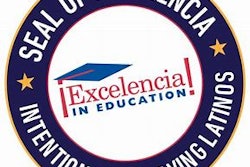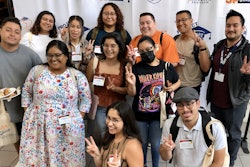Schools need to have a protocol for educating and retaining immigrant students — documented and undocumented — and they must also engage in community outreach initiatives to build up trust among immigrant families, National Education Association (NEA) leaders and educators said during a panel on Friday at the organization’s annual conference in Washington, D.C.
At “The Challenges of Educating Immigrant Students” session, one of many that allowed educators to discuss key issues affecting public education, panelists highlighted the special needs of immigrant children seeking an education in American schools.
“These kids are bright and smart but they may lack the language skills to shine,” said Jeanne Batalova, a policy analyst with the Washington, D.C.-based organization, Migration Policy Institute (MPI).
The nonprofit think tank explores the movement of people worldwide and brainstorms appropriate responses to the challenges and opportunities large-scale migration presents to communities around the globe.
During her presentation, Batalova said schools must align English Language Learner (ELL) and mainstream curricula, use native language instruction and testing policies and recruit and retain teachers to improve the quality of English instruction services for immigrant children.
Currently, one in eight U.S. residents are immigrants and one-third of them are unauthorized, according to a 2003 Urban Institute estimate.
Nevada, Arkansas, Colorado, Indiana and several southern states, including Georgia, were among the states with more than a 200 percent growth in ELL students from 1995-2005.















